Lichtenberg Figures, Glass, Gemstones and Dinosaur Bones
Lichtenberg Figures and the Tree of Fire
Paul Frame, Oak Ridge Associated Universities
When a dielectric material (e.g. cerium-containing glass or Lucite) serves as the target for a beam of electrons in an accelerator, the electrons become trapped in an excited state at various locations in the material. A potential of several million volts can be created by this accumulated electrical charge. The depth in the material at which the electrons are trapped depends on their energy. As a rule, the energy of the electron beam is chosen so that the electrons end up in the middle of the target.
If the irradiation continues long enough, the strength of the electric field will exceed the dielectric strength of the material and a spontaneous discharge will occur wherein the electrons jump out of their traps and flow to some point(s) at the material’s edge or, less commonly, to some point on the surface. The discharge is accompanied by an explosion and light. The appearance of this light, sometimes called the “tree of fire,” is that of numerous beams of light rapidly converging on one point.
If the irradiation is stopped prior to such a discharge, the latter can be initiated by striking the material with a pointed metal object (e.g., center punch) that is grounded. The electrons then flow to the point at which the material was struck. This provides a way to control the discharge and to demonstrate the phenomenon to an audience. To enhance the effect, the discharge might be initiated in the dark so that the tree of fire can be more easily observed. After the discharge, the path followed by the electrons can be seen etched into the material. The etched pattern, which resembles an inverted tree or piece of coral, is called a Lichtenberg Figure in honor of George Lichtenberg, a physics professor at the University of Gottingen, who observed these patterns in the 1770s while investigating discharges between electrodes and insulators. Lichtenberg was also the first to use positive (+) and negative (-) symbols for electrical charge.
Lichtenberg Figures are often described by the colorful phrase “frozen lightning.”
-
Radioactive Dinosaur Bones Radioactive Dinosaur Bones
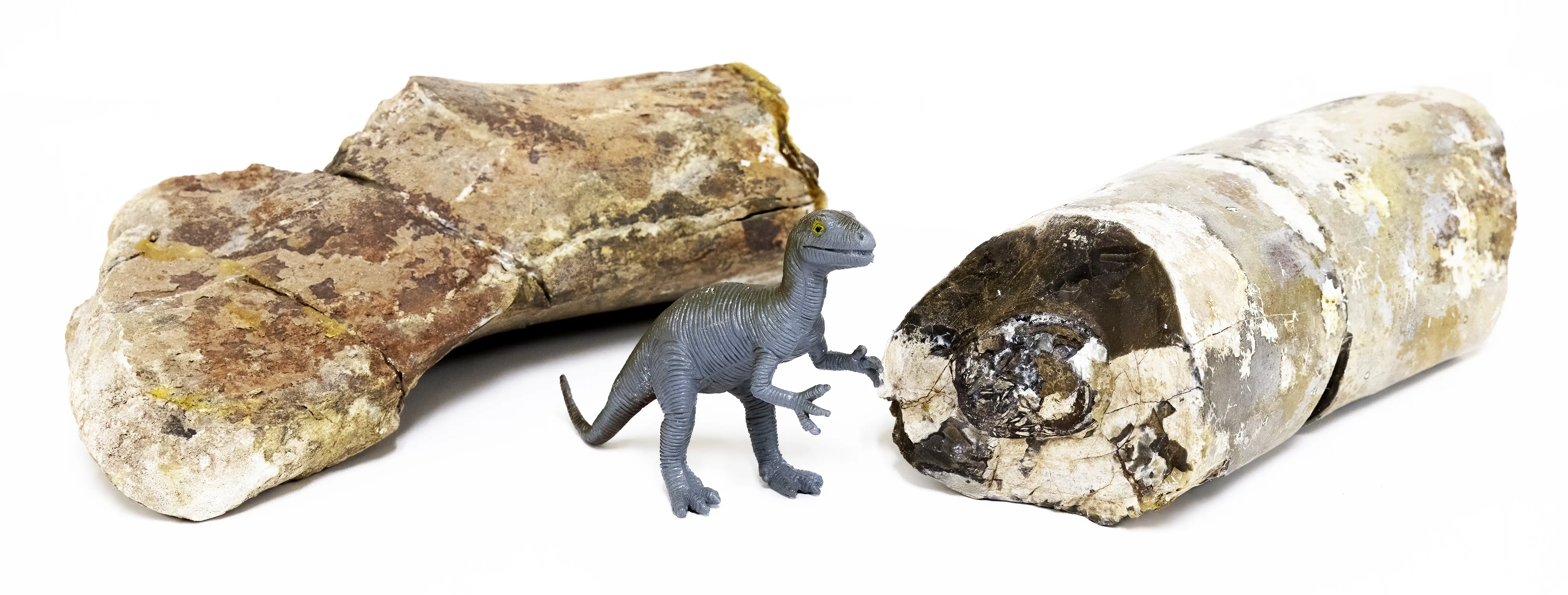
Colored Glass
-
Glass Colored by Radiation Glass Colored by Radiation

-
Heated Irradiated Glass Rods Heated Irradiated Glass Rods
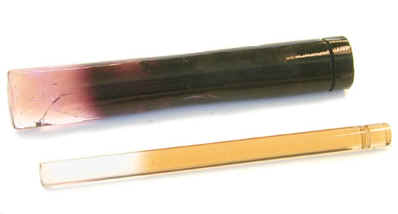
-
Irradiated Pestle Irradiated Pestle

-
Leaded Glass for Shields Leaded Glass for Shields
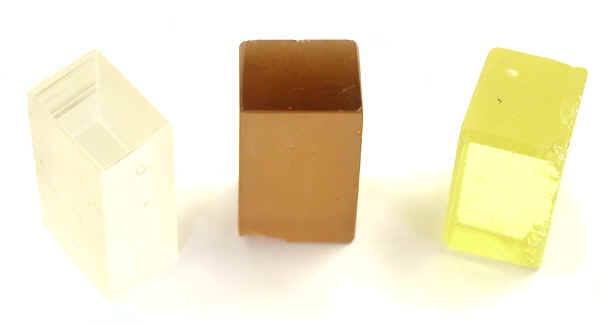
Gemstones
-
Amethyst Amethyst

-
Blue Topaz Blue Topaz

-
Citrine Citrine
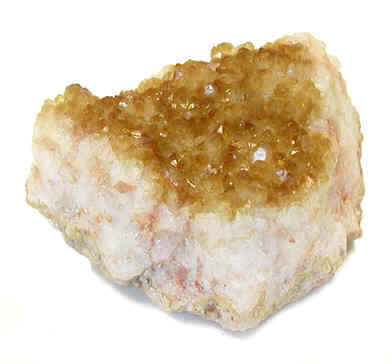
-
Ekanite Ekanite
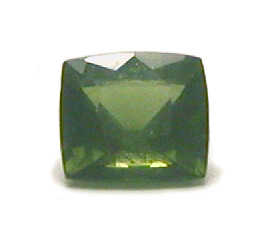
-
Green Zircon Green Zircon
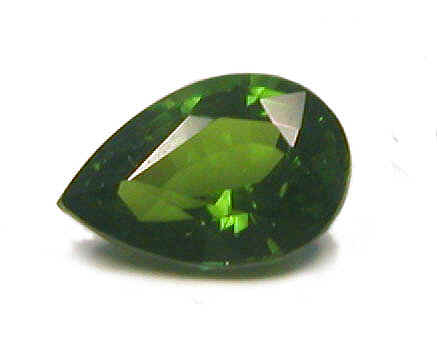
-
Irradiated Quartz Crystal (Smoky Quartz) Irradiated Quartz Crystal (Smoky Quartz)

-
Obsidian-Like Rock Obsidian-Like Rock
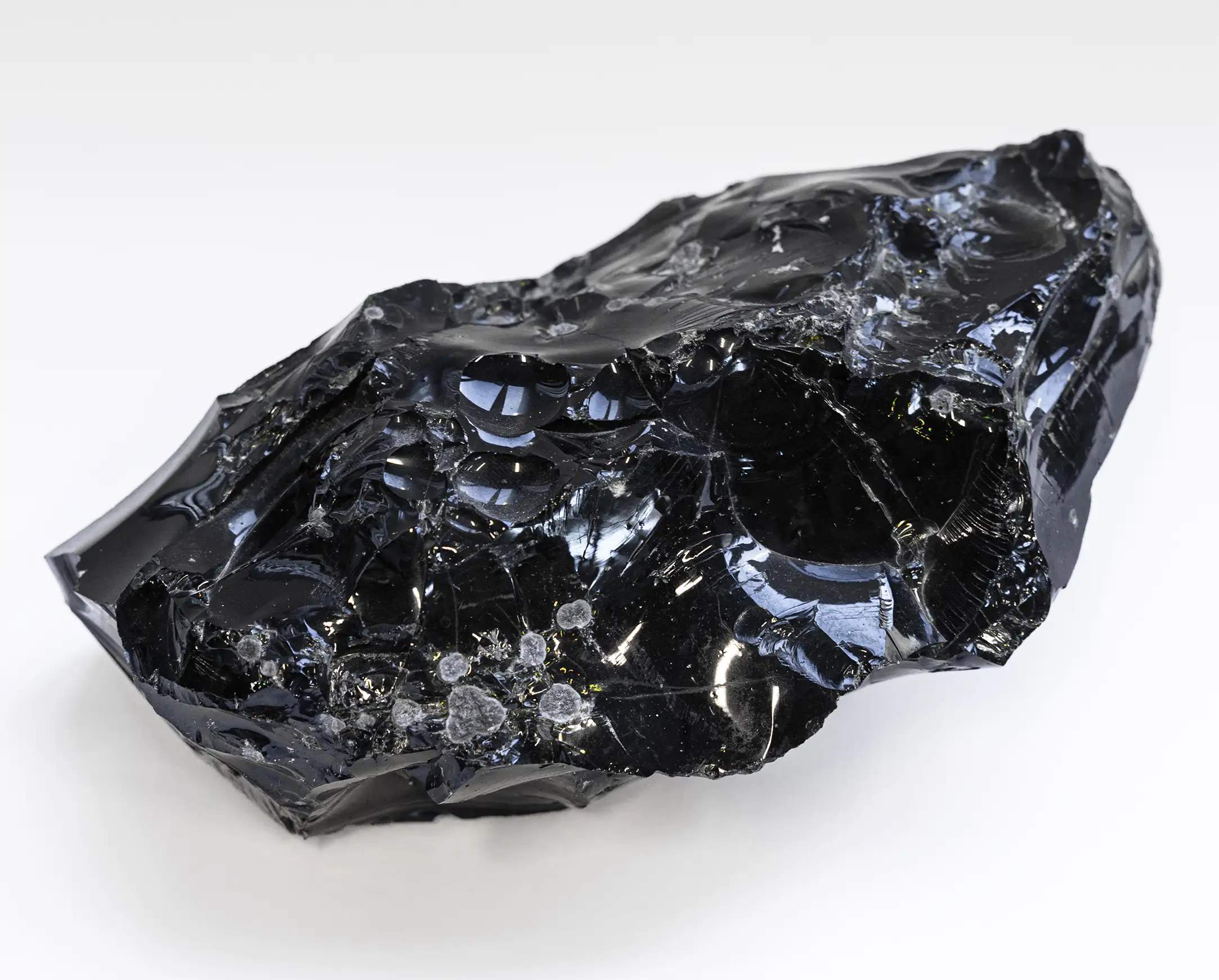
Lichtenberg Figures
-
Famous Lichtenberg Figure/Tree of Fire Famous Lichtenberg Figure/Tree of Fire
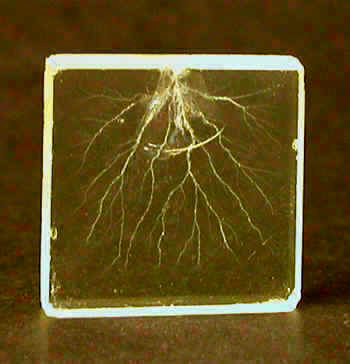
-
Large Lichtenberg Figure Large Lichtenberg Figure
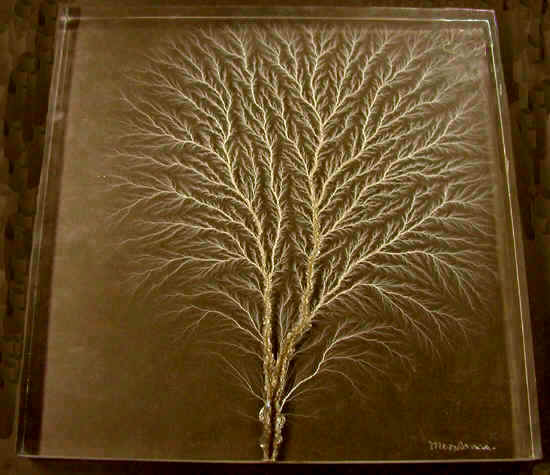
-
Three-Dimensional Lichtenberg Figure Three-Dimensional Lichtenberg Figure

